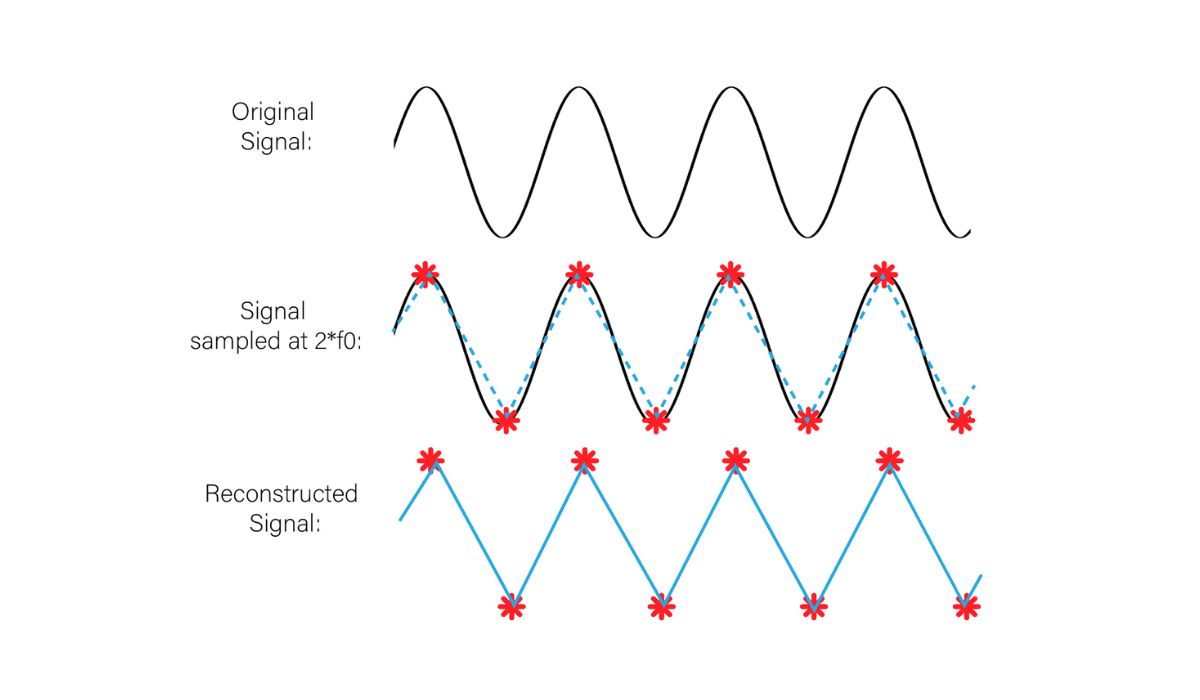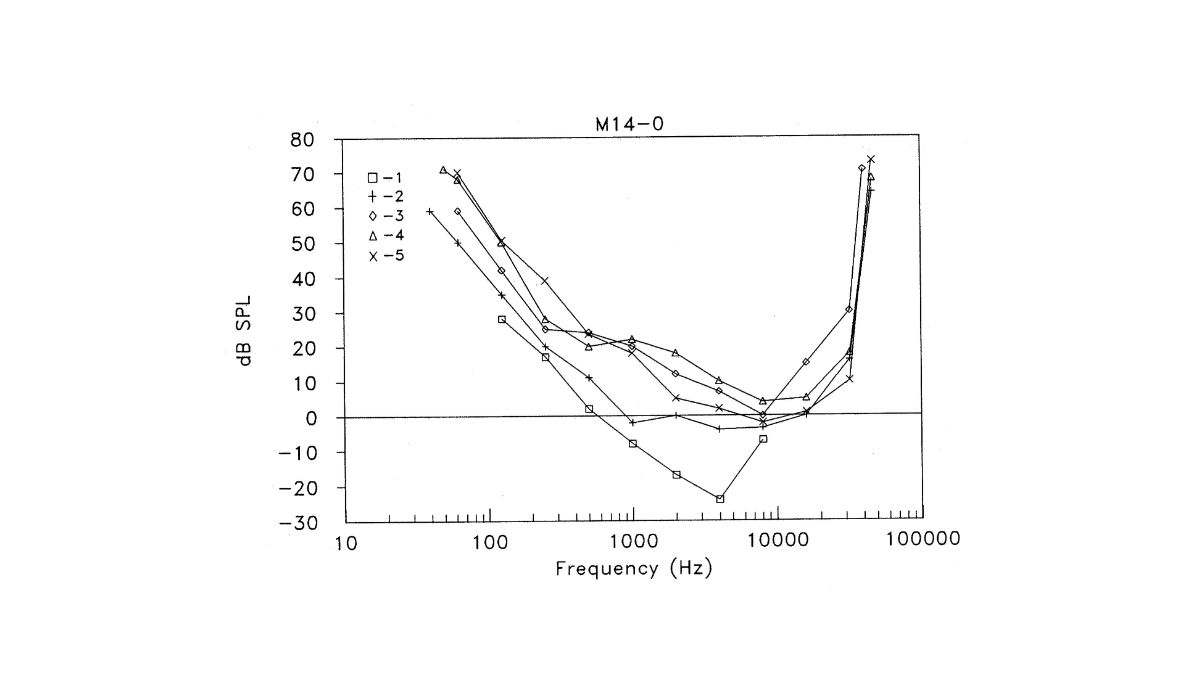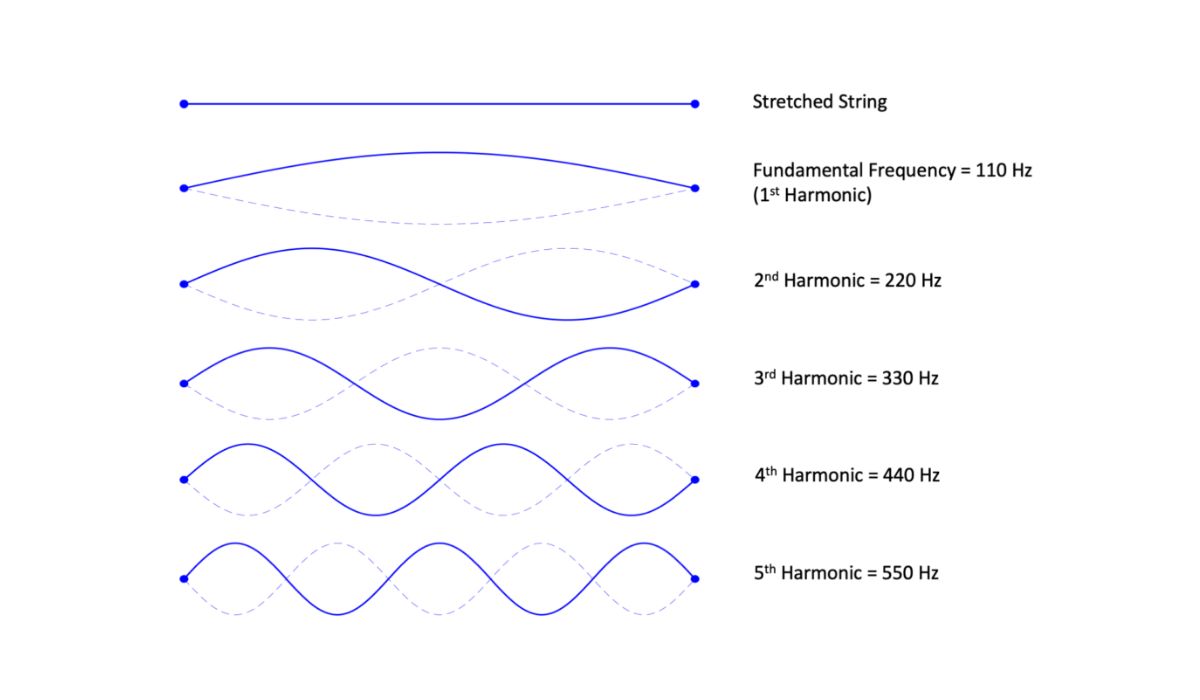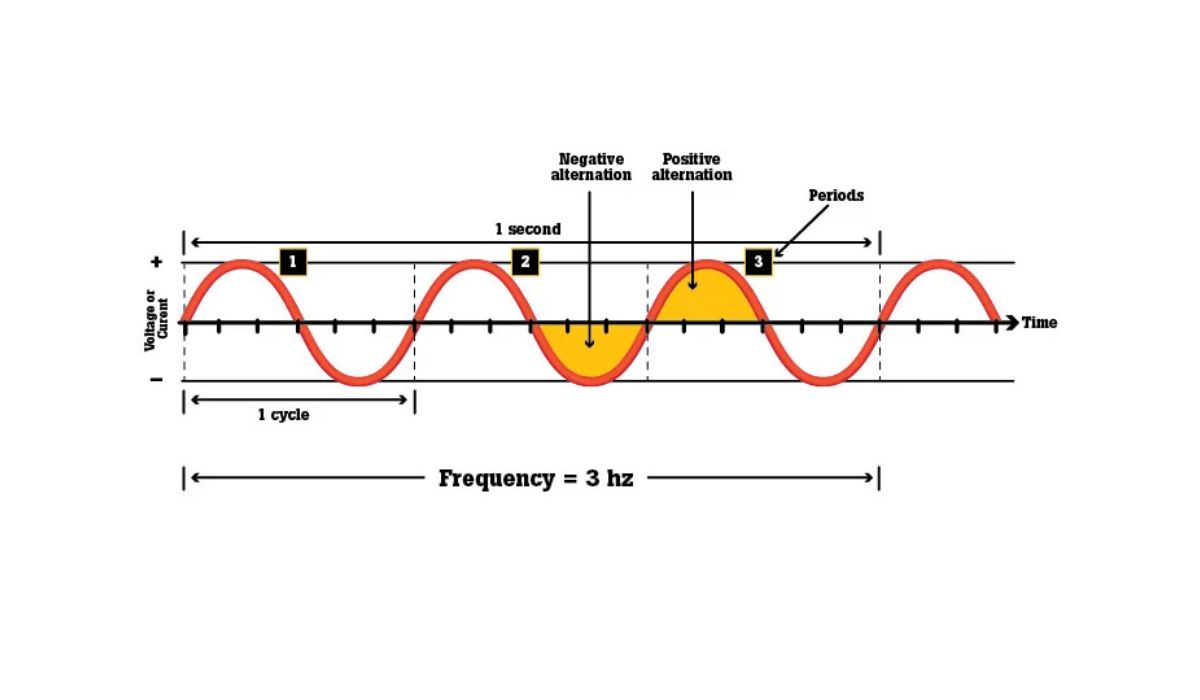Home>Events & Info>Frequency>What Sound Frequency Do Rats Hate


Frequency
What Sound Frequency Do Rats Hate
Published: February 18, 2024
Discover the sound frequency that rats hate and learn how to use it to deter them from your home. Find out how frequency can help you keep rats away.
(Many of the links in this article redirect to a specific reviewed product. Your purchase of these products through affiliate links helps to generate commission for AudioLover.com, at no extra cost. Learn more)
Table of Contents
The Fascinating World of Rat Hearing
Rats, often considered pests due to their presence in urban environments, possess a remarkable auditory system that plays a vital role in their survival and behavior. Understanding the sound frequencies that rats find aversive can provide valuable insights for pest control and humane deterrent methods. In this article, we will delve into the intriguing realm of rat hearing, exploring the frequencies that elicit adverse reactions in these intelligent creatures.
Rats, like many other animals, rely heavily on their sense of hearing to navigate their surroundings, communicate with one another, and detect potential threats. Their auditory capabilities are finely tuned, allowing them to perceive a wide range of sound frequencies that are imperceptible to humans. By gaining a deeper understanding of the hearing range of rats and the specific frequencies that they find unpleasant, we can develop effective strategies to deter them from certain areas without causing them harm.
As we embark on this exploration, it's important to approach the topic with a sense of curiosity and a desire to comprehend the world from the perspective of these often-misunderstood creatures. By shedding light on the sound frequencies that rats dislike, we can foster a greater appreciation for the complexities of their sensory experiences and work towards harmonious coexistence in shared environments. Let's embark on this enlightening journey into the realm of rat hearing and the intriguing world of sound frequencies.
Exploring the Hearing Range of Rats
Rats possess an impressive auditory range that far surpasses that of humans. While the human hearing range typically spans from 20 Hz to 20,000 Hz, rats can detect frequencies ranging from 200 Hz to 80,000 Hz. This extended range allows them to perceive ultrasonic frequencies that are well beyond the upper limits of human hearing. The ability to hear such a broad spectrum of frequencies is essential for rats in their natural habitats, where they rely on their acute sense of hearing to detect predators, communicate with other rats, and forage for food.
It’s important to note that the hearing sensitivity of rats can vary depending on their age. Young rats, known as pups, have a broader hearing range compared to adult rats, with the ability to detect higher frequencies. As rats mature, their upper hearing limit gradually decreases, eventually stabilizing at around 50,000 to 60,000 Hz in adulthood. Despite this decrease in sensitivity to ultrasonic frequencies, adult rats still possess a remarkable capacity to perceive a wide range of sounds that are inaudible to humans.
The ability to hear ultrasonic frequencies is particularly significant for rats, as it allows them to communicate using sounds that are beyond the range of human perception. This ultrasonic communication plays a crucial role in social interactions among rats, enabling them to convey messages, establish dominance hierarchies, and coordinate group behaviors. Furthermore, the heightened sensitivity to ultrasonic frequencies equips rats with a valuable defense mechanism, enabling them to detect the presence of predators and potential threats that may emit sounds in the ultrasonic range.
By gaining a deeper understanding of the remarkable hearing range of rats, we can appreciate the sensory world in which these intelligent creatures dwell. Their ability to perceive a broad spectrum of sound frequencies, including ultrasonic ranges, underscores the complexity of their auditory experiences and the adaptive advantages conferred by their acute sense of hearing.
Unwanted Sound Frequencies in the Realm of Rats
While rats have an impressive capacity to detect a wide range of sound frequencies, there are specific frequencies that elicit aversive reactions in these creatures. One notable example is the use of high-pitched sound frequencies as a deterrent to repel rats from certain areas. These high-pitched sounds, often referred to as ultrasonic or electronic pest repellents, are designed to exploit the sensitivity of rats to frequencies beyond the human auditory range. By emitting sound waves at frequencies that rats find unpleasant, these devices aim to discourage rats from inhabiting or traversing specific spaces.
One commonly cited frequency range that rats find aversive falls within the ultrasonic spectrum, typically between 20,000 Hz and 65,000 Hz. While these frequencies are inaudible to humans, rats are highly sensitive to them, and exposure to such high-pitched sounds can cause discomfort and distress. The utilization of ultrasonic frequencies as a rat deterrent capitalizes on this sensitivity, aiming to create an environment that rats perceive as unfavorable, thereby prompting them to seek alternative habitats.
It’s important to note that while high-pitched sound frequencies may deter rats from certain areas, their effectiveness can vary depending on factors such as the specific frequency used, the duration of exposure, and the acclimatization of rats to the sound. Additionally, the aversive reactions elicited by these frequencies may not necessarily equate to long-term deterrence, as rats can exhibit adaptive behaviors in response to persistent stimuli.
Understanding the sound frequencies that rats find aversive can inform the development of humane and effective pest control measures. By leveraging this knowledge, researchers and pest management professionals can explore innovative approaches to deter rats from infesting urban spaces while minimizing harm to these intelligent and adaptable creatures.
As we unravel the intricacies of sound frequencies that rats dislike, we gain valuable insights into the potential applications of this knowledge in fostering harmonious coexistence between humans and rats. By exploring the boundaries of rat auditory sensitivity, we can strive to develop solutions that mitigate conflict and promote peaceful cohabitation in shared environments.
The Impact of High-Pitched Sound on Rat Behavior
High-pitched sound frequencies, particularly those in the ultrasonic range, can exert notable effects on the behavior and physiology of rats. When exposed to these aversive frequencies, rats may exhibit a range of responses that reflect their discomfort and attempts to mitigate the perceived threat. Understanding the effects of high-pitched sound on rats provides valuable insights into the potential applications of sound-based deterrents and the implications for pest management strategies.
One of the primary responses observed in rats exposed to high-pitched sound frequencies is increased agitation and stress. The aversive nature of these frequencies can induce a state of heightened alertness and anxiety in rats, as they attempt to cope with the discomfort caused by the unfamiliar and unpleasant auditory stimuli. This heightened stress response may manifest through behaviors such as increased locomotion, vocalizations, and attempts to escape the source of the sound.
Furthermore, exposure to high-pitched sound frequencies can disrupt the normal patterns of behavior and activity in rats. In laboratory and field studies, rats subjected to prolonged exposure to ultrasonic frequencies have exhibited alterations in feeding, nesting, and social interactions. These disruptions reflect the impact of high-pitched sound on the overall well-being and adaptive behaviors of rats, underscoring the potential for sound-based deterrents to influence their habitat preferences and activity patterns.
It’s important to consider the potential physiological effects of high-pitched sound on rats, as prolonged exposure to aversive frequencies may impact their health and reproductive success. While the precise physiological mechanisms underlying these effects require further investigation, the stress and discomfort induced by high-pitched sound can have implications for the overall welfare and resilience of rat populations in urban environments.
As we delve into the effects of high-pitched sound on rats, it becomes evident that the utilization of sound-based deterrents necessitates a nuanced understanding of the potential consequences for both individual rats and populations. Balancing the goal of deterring rats from human-inhabited spaces with ethical considerations regarding the well-being of these sentient beings remains a critical aspect of pest management practices.
By unraveling the intricate interplay between high-pitched sound frequencies and rat behavior, we can navigate the complexities of employing sound-based deterrents in a manner that aligns with ethical and compassionate approaches to pest control.
Embracing a Harmonious Approach to Rat Deterrence
As we conclude our exploration of the sound frequencies that rats find aversive, we are reminded of the intricate dynamics that shape the interactions between humans and these resilient creatures. The utilization of high-pitched sound frequencies as a means of deterring rats from specific environments underscores the ongoing quest to strike a balance between pest management practices and ethical considerations. By delving into the realm of rat hearing and the effects of aversive sound frequencies, we gain valuable insights that can inform the development of humane and effective pest control strategies.
It is crucial to recognize that while high-pitched sound frequencies may deter rats from certain areas, a comprehensive approach to pest management encompasses a range of strategies that prioritize both efficacy and compassion. Integrating sound-based deterrents with measures that promote habitat modification, exclusion, and proactive sanitation can contribute to a holistic approach to rat deterrence that minimizes harm to these intelligent and adaptable creatures.
Furthermore, our exploration of the impact of high-pitched sound on rat behavior highlights the need for ongoing research and ethical considerations in the development and deployment of pest control methods. As we navigate the complexities of coexisting with rats in urban environments, it is imperative to approach pest management with a deep appreciation for the welfare of all beings involved, including rats and the broader ecosystem.
By fostering a deeper understanding of the sound frequencies that rats dislike and their implications for pest management, we pave the way for innovative and compassionate approaches to cohabitation. Embracing a harmonious approach to rat deterrence entails a commitment to informed decision-making, ethical considerations, and the pursuit of solutions that align with the principles of coexistence and respect for all forms of life.
As we continue to unravel the mysteries of rat hearing and the potential applications of sound-based deterrents, let us embark on this journey with a spirit of empathy, curiosity, and a steadfast dedication to fostering harmonious relationships within our shared environments.











